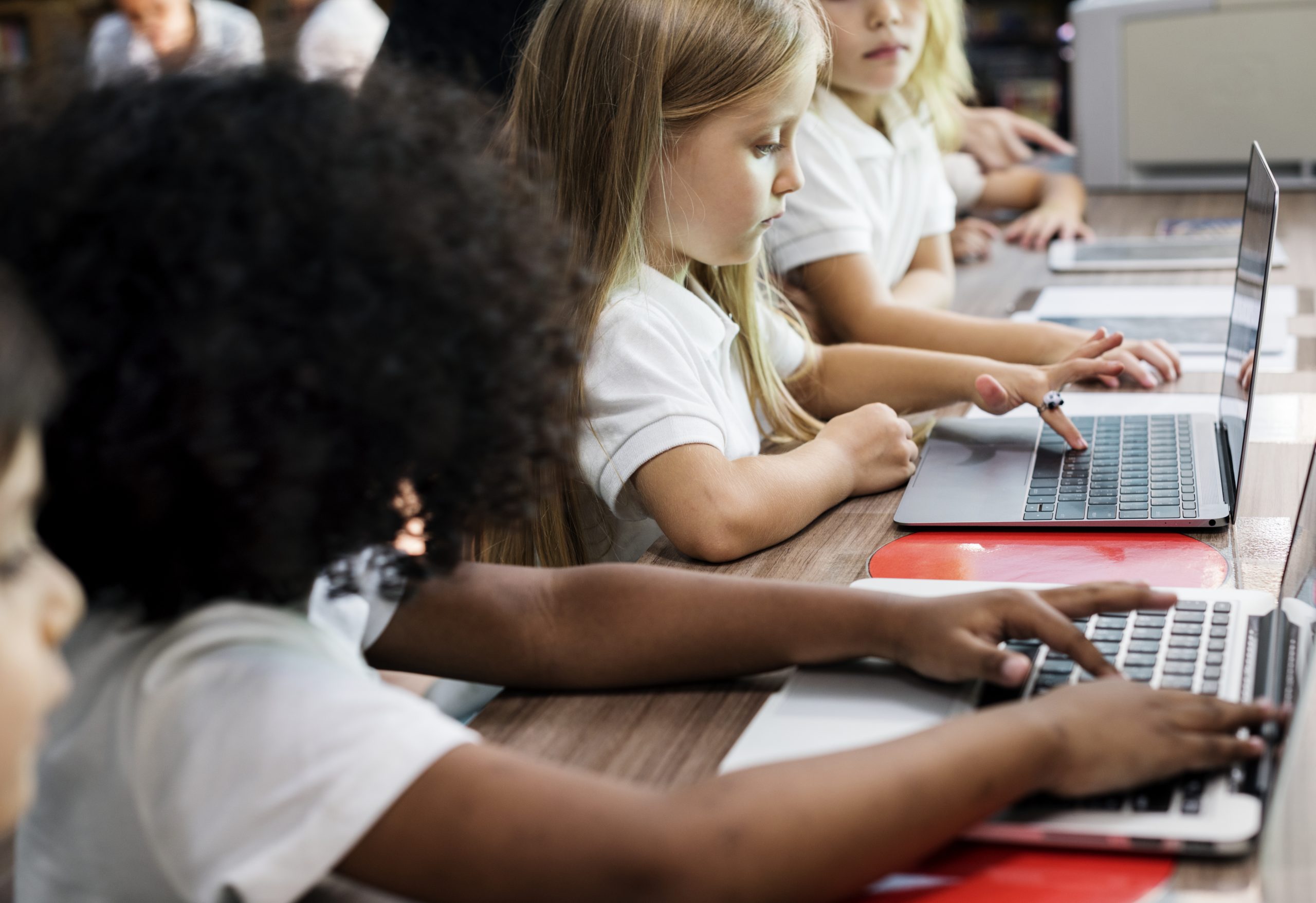
Pervasive in the public consciousness is that vital to enhancing teaching and learning in digital environments is the opportunity for learners to learn digital skills at school; Providing all learners equal opportunities to learn digital skills at school could eventually aid in reducing socioeconomic disparities in emergent aspects of reading, such as distinguishing facts from opinions, or digital literacy. However, providing access to and promoting the usage of digital devices does not necessarily always translate into better outcomes. This raises a question: How should schools be enhancing teaching and learning in digital environments? For an answer, you can look no further than the ICT Familiarity Questionnaire conducted in 2018 by the Programme for International Student Assessment, or PISA.
The questionnaire asked the students about their usage of digital devices for learning and teaching during school lessons in the previous month, as well as their time spent doing so for the various subjects both during and outside of classroom lessons. The findings are as follows: In the OECD countries with available data, on average, 37% of the students reported that both teachers and students used digital devices for teaching or learning during the previous month, while 25% — only teachers did, 11% — only students did, and 26% — they did not use them at all. The average duration of time per week students spent using digital devices for language lessons both during and outside of classroom lessons across the OECD countries was 41 minutes. When looking at programs where the students are enrolled, no significant differences were observed between students in the OECD countries attending general and vocational programs in the average amount of time digital devices were used for schoolwork.
The questionnaire then asked the students about their frequency of usage of digital devices for a wide range of activities at school. The findings are as follows: The most common usage of digital devices at school across the OECD countries was for browsing the internet for schoolwork, with 75% of the students reporting doing so between once a month and every day, while the least common use was for playing simulations at school, with 34% of the students reporting doing so between once a month to every day. There are also considerable differences across countries in the usage of digital devices at school, with more than 90% of the students in Japan reporting that they never did homework on a school computer while only 15% in Denmark reported the same. When looking at the usage of digital devices for browsing the Internet for schoolwork, more than half of the students in Japan and Korea also reported never using them while only 3% in Denmark and Sweden reported the same.
The PISA 2018 ICT familiarity questionnaire asked the students about their usage of digital devices for learning and teaching during school lessons in the previous month; their time spent doing so for the various subjects both during and outside of classroom lessons; and their frequency of usage of digital devices for a wide range of activities at school, and the findings suggest the following: These findings suggest that digital devices are more helpful in some school activities than others, and other instructional activities sometimes might be displaced by the usage of digital devices or could be better done without them; For example, browsing the internet for schoolwork might be more effective in reading for information; playing simulations at school or posting work on the school’s website could perhaps displace other activities more beneficial to student reading outcomes, and doing homework on a school computer is also negatively associated with reading performance.
Besides, other factors could also play a role. These include, but not limited to, Program, given that the magnitude of these negative associations also holds when comparing students attending general programs with those attending vocational programs; Prior Knowledge, given that students with more reading difficulties might spend more time doing homework; and Time Spent Using Digital Devices in Teaching Activities, given that only a few teachers managed to integrate digital devices into teaching and learning activities effectively.
The findings also suggest that how digital devices are used might matter more than how much time is spent on them. Browsing the internet for schoolwork is the activity on digital devices more strongly related to reading performance on average across the OECD countries — the more time spent using digital devices on browsing the internet for schoolwork, the higher the reading performance, while posting work on the school’s website and playing simulations at school are the most negatively associated with reading performance on average across the OECD countries.
Integrating digital devices into regular teaching and learning activities might also be crucial for emergent aspects of reading, such as enhancing students’ critical thinking when comprehending multiple texts online. Not only is learning how to detect biased information in school likely to contribute to better reading skills in digital environments, but it also helps maximize online opportunities while reducing online risks for all students. Classroom interventions designed to develop students’ assessment of information reliability have proven to be effective in enhancing students’ critical thinking when comprehending multiple texts.
Suffice it to say digital devices are merely an amplifier; In this case, they have the potential to enhance teaching and learning, all the more so when innovative teaching and learning methods and quality teacher professional learning are integrated, leveraging the pedagogical effect of technology through elaborate instructional design developments. Finally, yet importantly, the usage of digital devices should also be aligned with health-promoting activities that are compatible with enhancing physical and mental well-being.
Credit: https://read.oecd-ilibrary.org/education/21st-century-readers_a83d84cb-en#page136

